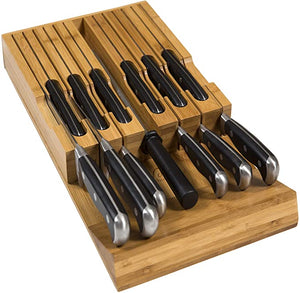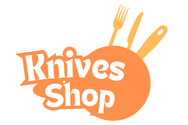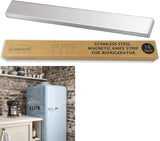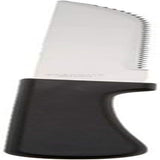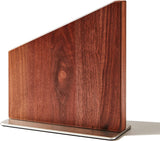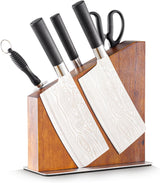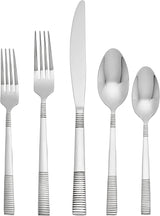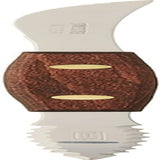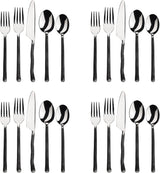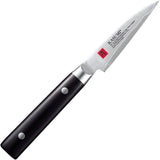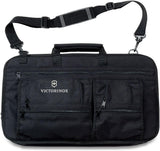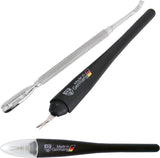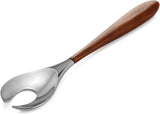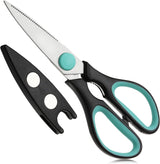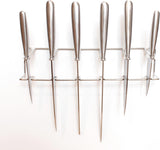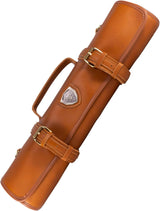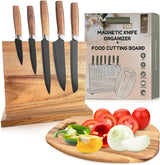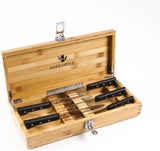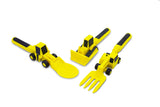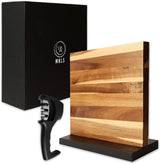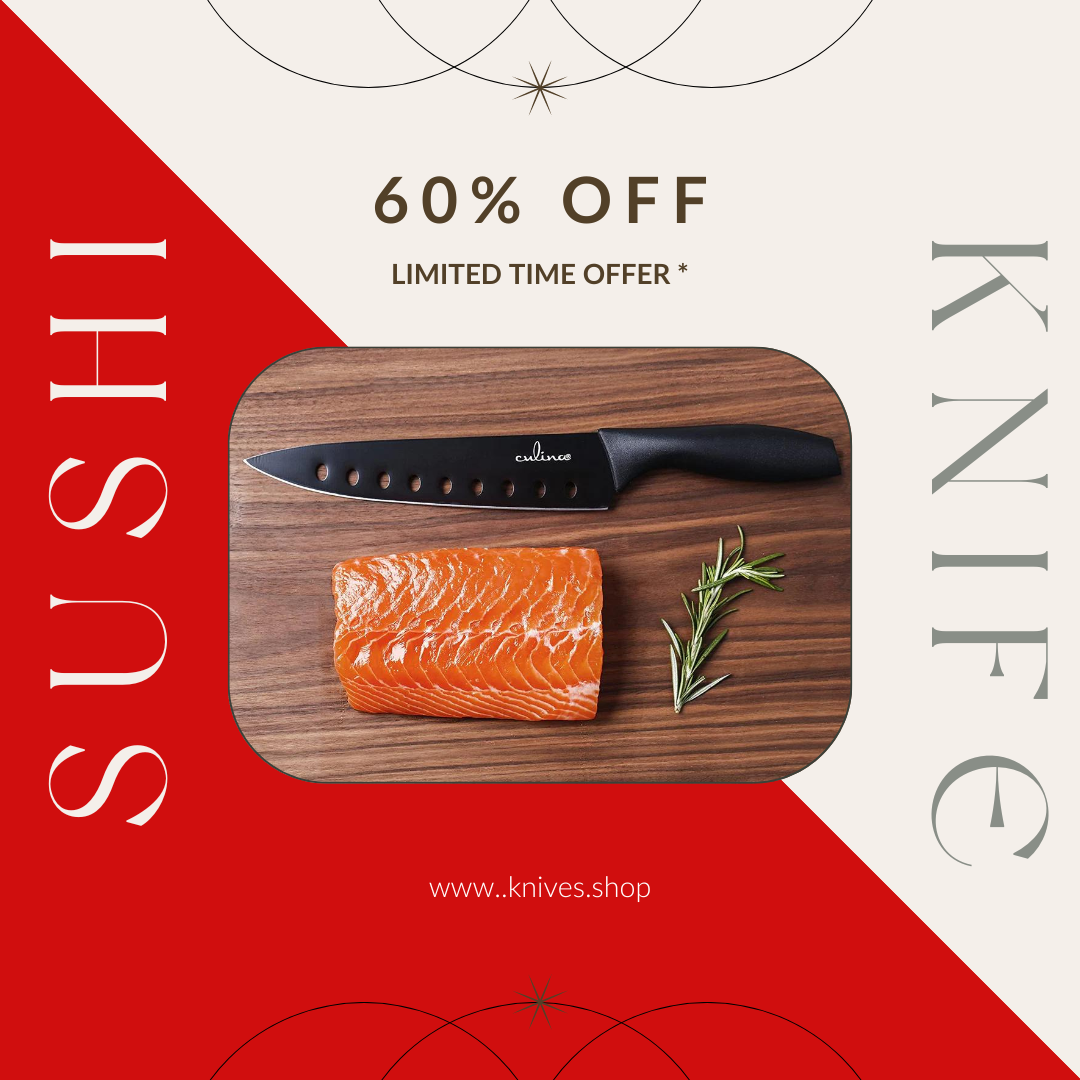For professional chefs and passionate home cooks, steak knives are crucial tools in the kitchen. The question of which steak knife is safer to use extends beyond aesthetics and sharpnessit touches on proper handling, blade materials, and suitable designs. If used correctly, a good steak knife can elevate a culinary experience and minimize the risks of accidents.
In this article, we'll explore what makes a steak knife 'safe.' From the choice of blade edge to the correct grip, these factors are vital for ensuring your safety as well as the safety of diners when slicing into a succulent cut of meat.
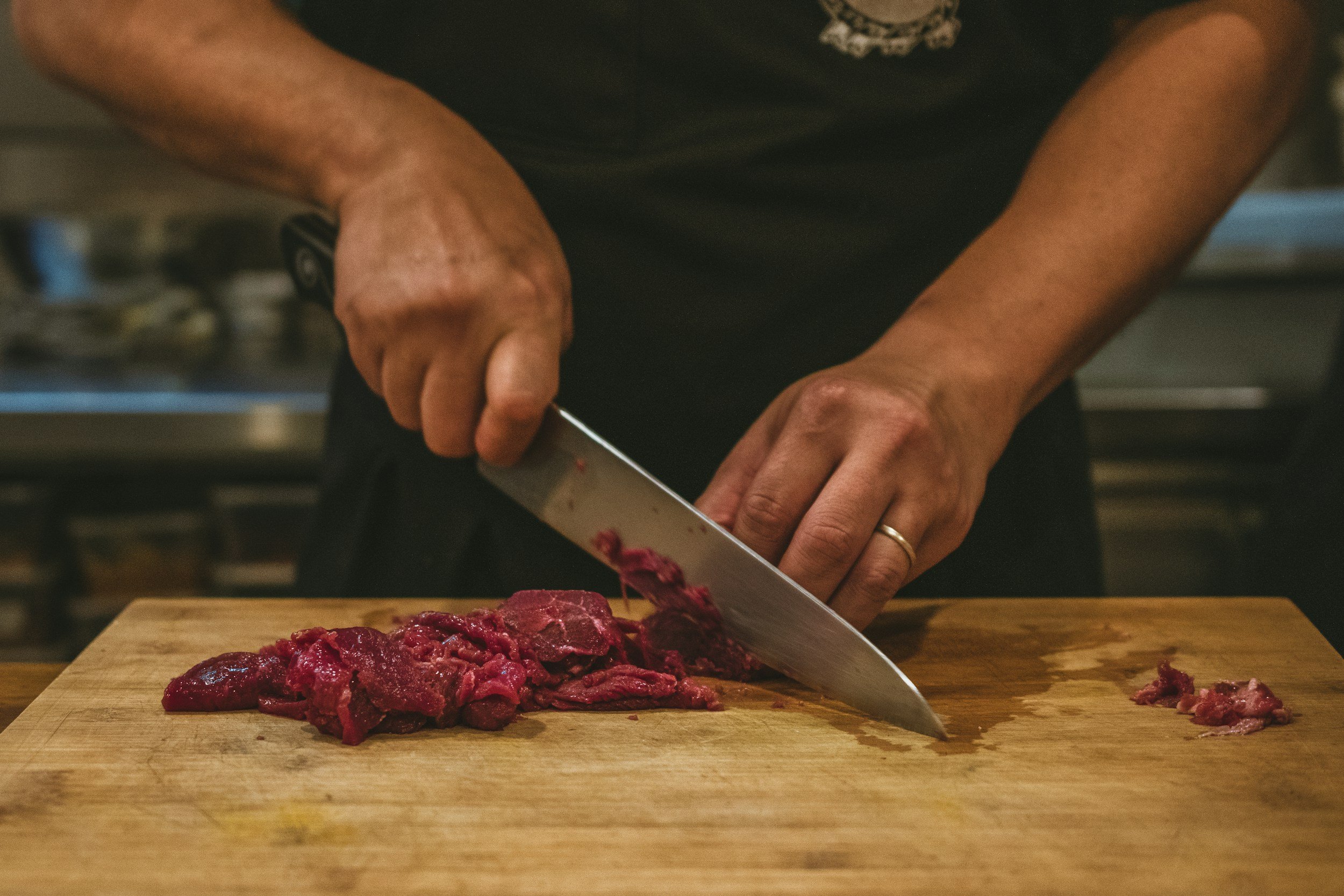
Why Choosing the Right Steak Knife Matters
Professional kitchens prioritize efficiency and safety. Knowing which steak knife is safer to use ensures reduced harm and better workflow. Its critical to avoid injuries while also choosing tools that are ergonomic and reliable. The dynamics of a steak knifeits blade, handle, sharpness, and user-friendlinesscontribute heavily to safety.
In the context, professionals prefer knives with a sturdy, non-slip handle and a blade designed for precise cuts. In particular, novice chefs or waitstaff serving diners benefit greatly from safer steak knives.
For sharpening tips, check out How to Sharpen a Steak Knife.
Fine Edge vs. Serrated Blade: Which Is Safer?
A common debate among chefs and kitchen professionals is whether a fine-edged or serrated blade is safer. Both styles offer advantages, but the right option depends on the use case.
The Case for Fine-Edged Blades
Fine-edged blades deliver cleaner cuts and are easier to sharpen regularly. They're ideal for professionals who care about presentation. However, these require more skill to use safely, as they tend to be sharper and can easily cause injuries if mishandled.
The Benefits of Serrated Blades
Serrated edges are slightly 'friendlier' to users, especially in casual dining settings. They minimize cutting pressure, making it harder to slip during use. While tricky to sharpen, they stay sharp for extended periods, adding an extra safety factor for busy kitchens.
Key Features of Safe Steak Knives
When selecting which steak knife is safer to use, certain features stand out for safety-conscious chefs:
- Non-Slip Handles: Prevent mishaps, even when hands are wet or greasy.
- Bolstered Design: Adds safety by providing a buffer between the blade and the handle.
- Well-Balanced Weight: Reduces the likelihood of slips caused by uneven weight distribution.
- Blade Material: Stainless steel and high-carbon steel resist dulling while ensuring durability.
If you're curious about types of kitchen knives, check out this detailed guide.
Handling and Maintenance: A Key to Safety
Owning a safe steak knife isn't enough. Knowing how to care for it and handle it properly is just as important. Professionals should regularly maintain their knives to prevent dullness, which can ironically be more dangerous than sharp edges.
Additionally, ensuring your knife has been cleaned and sanitized after use is critical for maintaining hygiene in a professional setting. Always follow correct gripping techniques to maximize control and minimize potential accidents. For more tips on handling, read How to Hold a Steak Knife.
FAQ Section
1. What is the safest type of steak knife for beginners?
Beginners should opt for serrated steak knives with non-slip handles and bolstered designs. These offer enhanced control and reduced chance of accidental cuts.
2. How often should I sharpen a steak knife?
The frequency depends on the knife type. Fine-edged knives require more frequent sharpening than serrated ones. For detailed sharpening instructions, read this guide on sharpening.
3. Can the blade material impact safety?
Yes. High-quality stainless steel or high-carbon steel blades resist dulling and provide reliable performance, greatly reducing the risk of accidents.
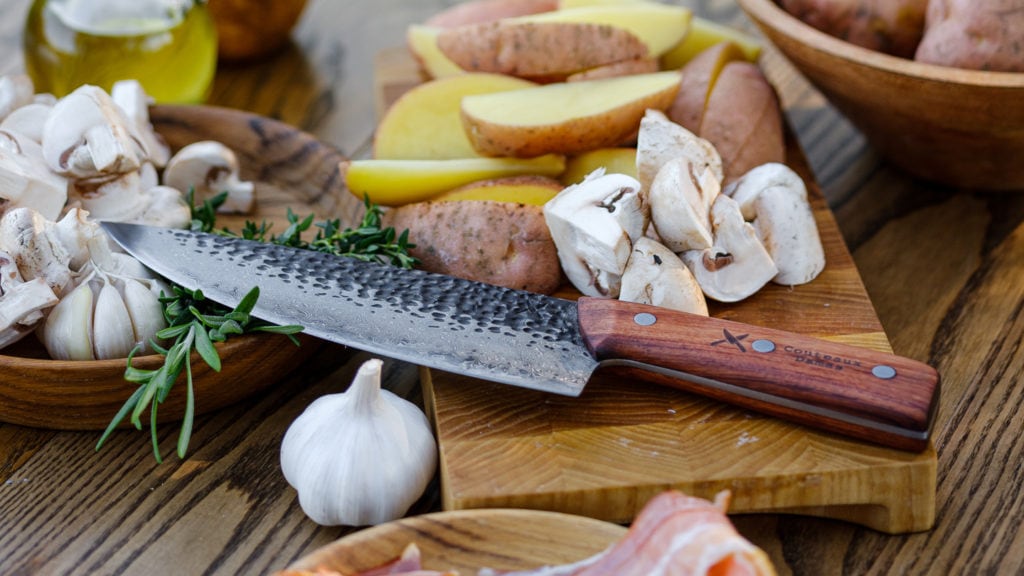
Final Thoughts
So, which steak knife is safer to use? The answer depends on user preferences, skills, and intended purpose. However, prioritizing handles, blade edges, and durability ensures a safer choice for professional and home kitchens alike. Choose wisely to make your culinary experiences safer and more enjoyable.
Learn more about essential knife features from this overview on different types of kitchen knives.
This article contains affiliate links. We may earn a commission at no extra cost to you.
